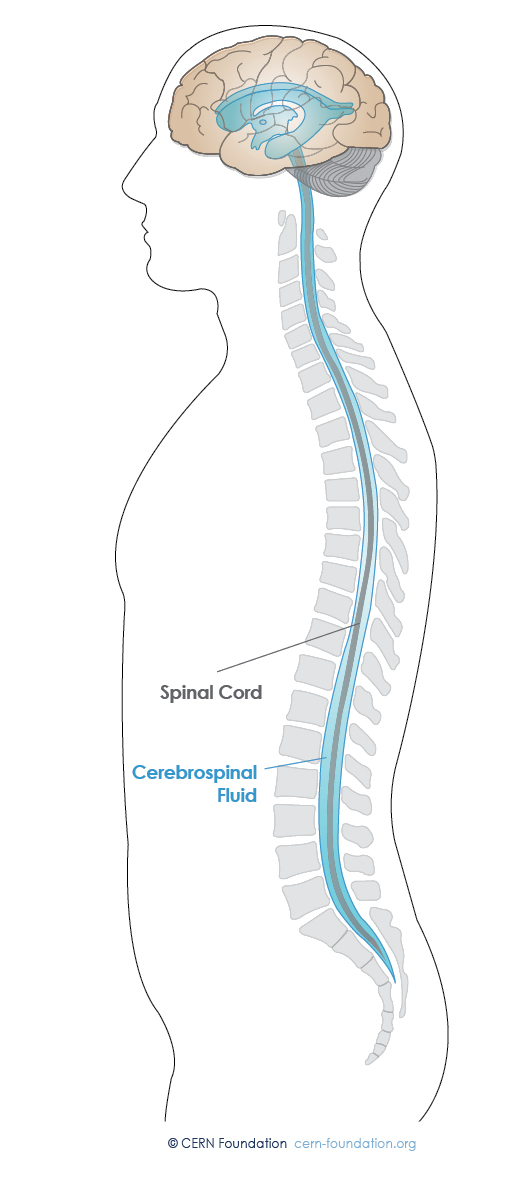Ependymoma Overview
Ependymoma is a rare tumor of the brain or spinal cord. It occurs in both adults and children.
What is ependymoma?
An ependymoma is a primary central nervous system (CNS) tumor. This means it begins in the brain or spinal cord. Ependymomas occur in both children and adults. Those in the lower half of the brain (“posterior fossa”) are more common among children. Those in the spine are more common among adults.
The most common types of cells in the CNS are neurons and glial cells. Tumors from neurons are rare. Glial cells are the cells that support the brain. Tumors that occur from these cells are called gliomas. Glial cell subtypes of the CNS include: astrocytes, oligodendrocytes, and ependymal cells.
CNS brain tumors associated with all three types of glial cells are recognized by the World Health Organization as astrocytomas, oligodendrogliomas and ependymomas.
Where do ependymomas form?
Ependymal cells line the ventricles (fluid-filled spaces in the brain) and the central canal of the spinal cord. Ependymomas can form anywhere in the CNS in the supratentorial (top of the head), posterior fossa (back of the head), and spinal cord. Ependymomas often occur near the ventricles in the brain and the central canal of the spinal cord. On rare occasions, ependymomas can form outside the CNS, such as in the ovaries. Ependymoma can occur anywhere in the brain or spinal cord. The cause of ependymoma is not known and potential risk factors are not well understood.
Do ependymomas spread?
Ependymoma tumor cells can spread in the cerebrospinal fluid (CSF). They may spread to one or multiple areas of the brain, spine, or both. Ependymomas rarely spread outside the CNS.
Who is diagnosed with ependymoma?
Ependymomas can occur in children, adolescents, and adults. Overall, ependymomas occur in males slightly more than females. Approximately 1,372 people per year are diagnosed with ependymoma in the U.S. Ependymomas are most common in non-Hispanic white people. An estimated 19,340 people are living with this tumor in the United States.
For more Ependymoma Statistics, see pages 12 - 15 in the Ependymoma Guide
What are common symptoms?
Symptoms related to an ependymoma depend on the tumor’s location. People with an ependymoma in the brain may have headaches, nausea, vomiting and dizziness. People with an ependymoma in the spine may have neck or back pain, numbness and weakness in their arms, legs or trunk, problems with sexual, and urinary or bowel problem (Source: National Cancer Institute).

